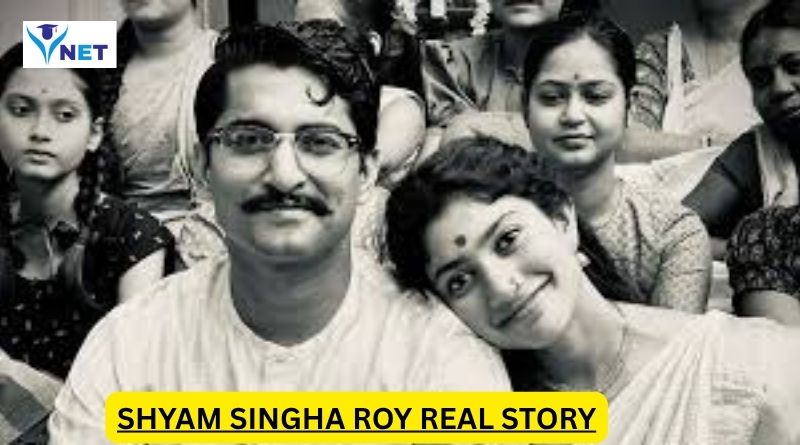Understanding the Essence of Shyam Singha Roy Real Story
The 2021 Telugu film Shyam Singha Roy captured the hearts of millions with its intense storyline, exceptional performances, and powerful social message. But ever since its release, audiences have been curious to know — is the Shyam Singha Roy real story based on actual events, or is it purely a work of fiction? This question has sparked countless debates and theories among movie lovers and historians alike. To understand the roots of this intriguing tale, it’s essential to explore the film’s background, inspiration, and cultural relevance.
The Plot That Sparked Curiosity
At its core, Shyam Singha Roy revolves around a reincarnation story. The film follows Vasu, a modern-day filmmaker who discovers strange visions of a man named Shyam Singha Roy — a revolutionary writer and social reformer from 1960s Bengal. As the film unfolds, Vasu realizes that he might be the reincarnation of Shyam, who fought against social evils and oppression during his lifetime. This blend of mysticism, social commentary, and emotional depth led many to wonder if such a man truly existed, giving rise to the myth of the Shyam Singha Roy real story.
Historical Inspirations Behind the Character
While the film is not officially based on a true story, many believe that the character of Shyam Singha Roy may have been inspired by real-life Bengali reformers and writers from the pre-independence and post-independence eras. Figures such as Raja Ram Mohan Roy, Ishwar Chandra Vidyasagar, and other social activists who opposed societal discrimination seem to share ideological similarities with Shyam. Director Rahul Sankrityan and writer Janga Satyadev crafted the narrative in a way that reflects the spirit of revolution seen in 19th and 20th-century Bengal. Hence, while there is no specific individual named Shyam Singha Roy in historical records, the Shyam Singha Roy real story draws emotional truth from the struggles of countless real-life reformers.
Fiction Rooted in Cultural Realism
What makes Shyam Singha Roy feel so real is its authentic portrayal of Bengal’s cultural and social backdrop. The film showcases the traditions of the Devadasi system, women’s oppression, and the power of literature as a weapon for reform — themes that were indeed prevalent in India’s socio-political history. This realism adds depth to the fictional narrative, making the Shyam Singha Roy real story seem entirely believable. The fusion of reincarnation, activism, and human emotion connects deeply with audiences, allowing them to see reflections of true social struggles within a fictional frame.
The Symbolism Behind Shyam Singha Roy
Symbolically, Shyam represents the voice of the oppressed and the conscience of a generation. His fight against exploitation and his passion for equality resonate with real-world issues that persist even today. In this way, the Shyam Singha Roy real story becomes a metaphorical truth rather than a literal one. The character stands as an embodiment of courage, compassion, and social justice — qualities that have defined great reformers throughout Indian history.
Conclusion: The Real Meaning of Shyam Singha Roy Real Story
In conclusion, while there is no verified evidence that Shyam Singha Roy is based on an actual person, its essence is deeply rooted in the realities of India’s historical and cultural landscape. The Shyam Singha Roy real story may not be factual in the traditional sense, but it captures universal truths about humanity, resistance, and the timeless fight for equality. The film blends imagination and history so seamlessly that it transcends the boundary between myth and reality, leaving audiences to interpret its message in their own way. Ultimately, Shyam Singha Roy is a powerful reminder that stories inspired by truth can sometimes feel more real than history itself.

